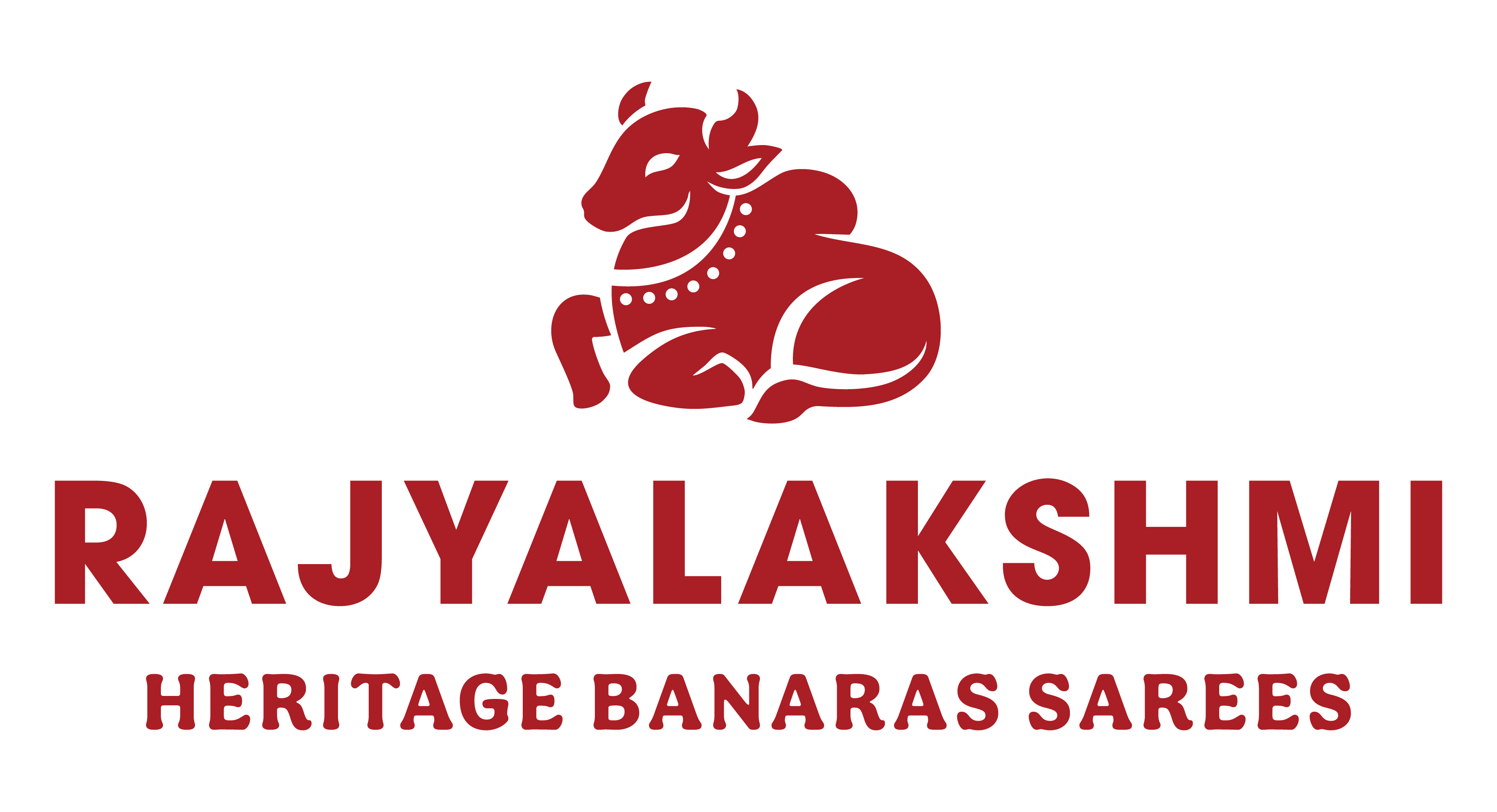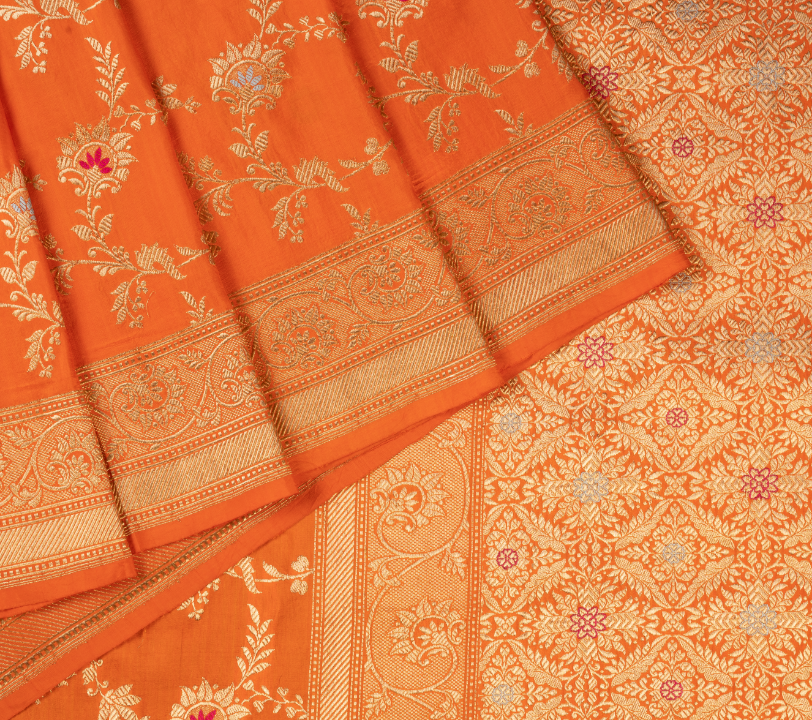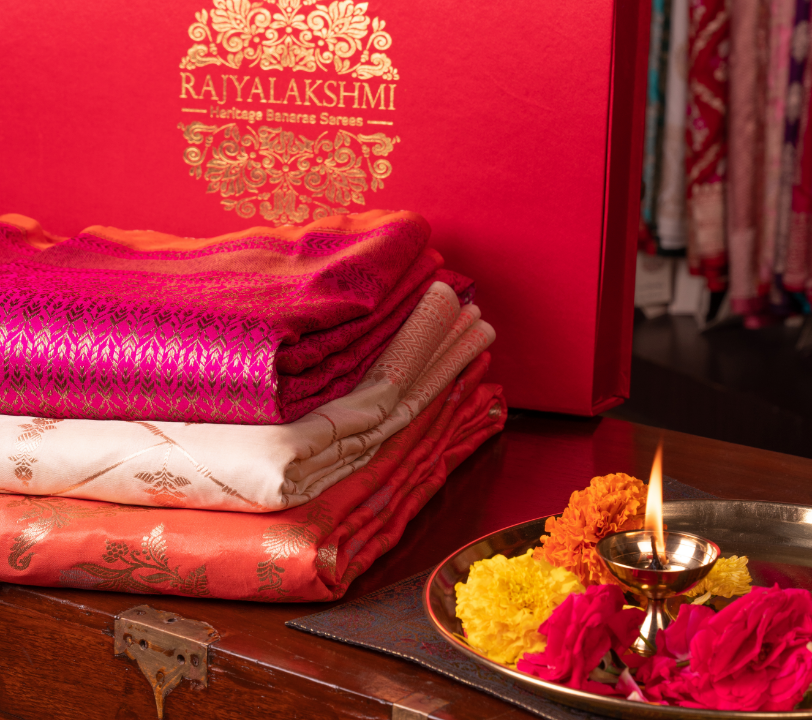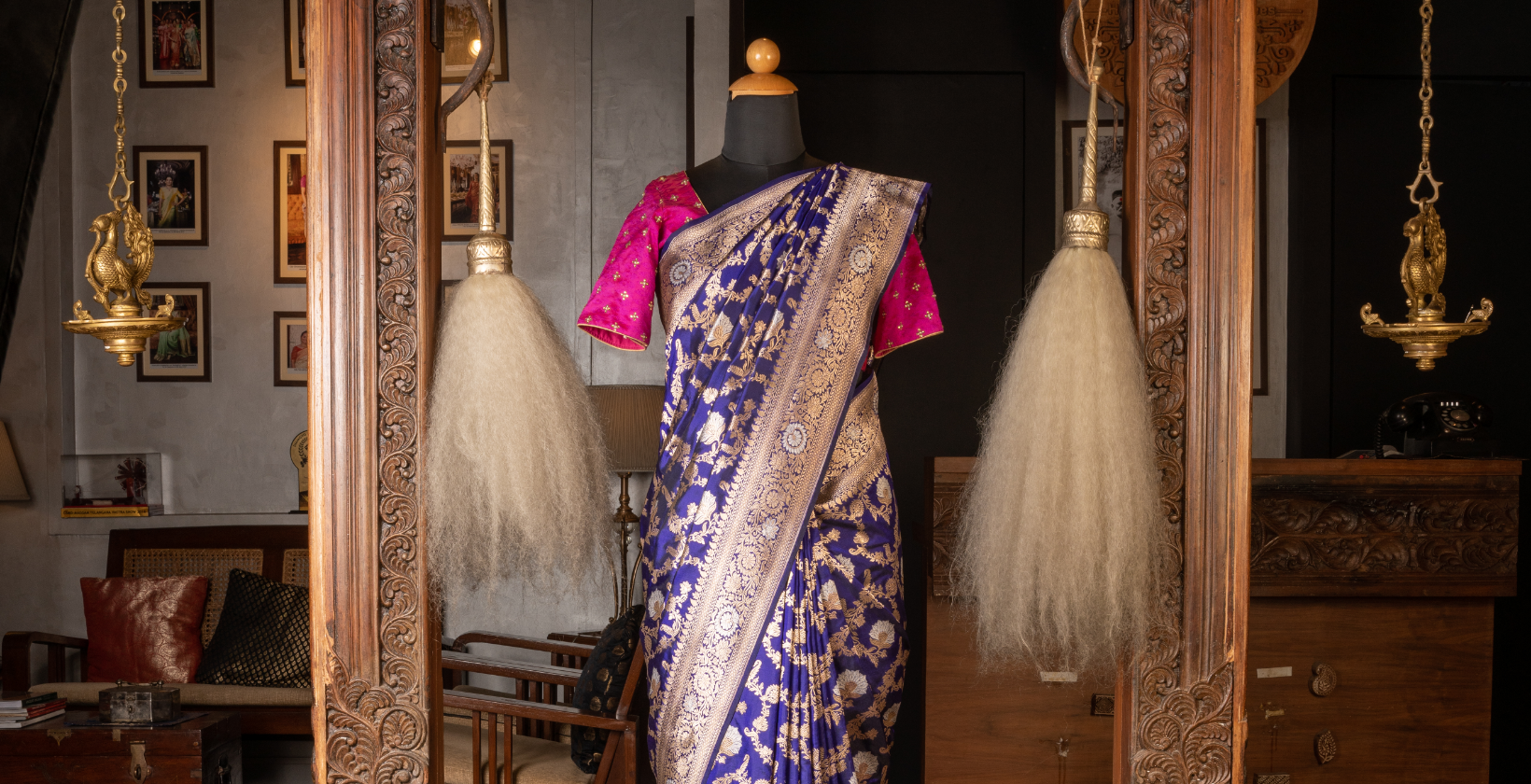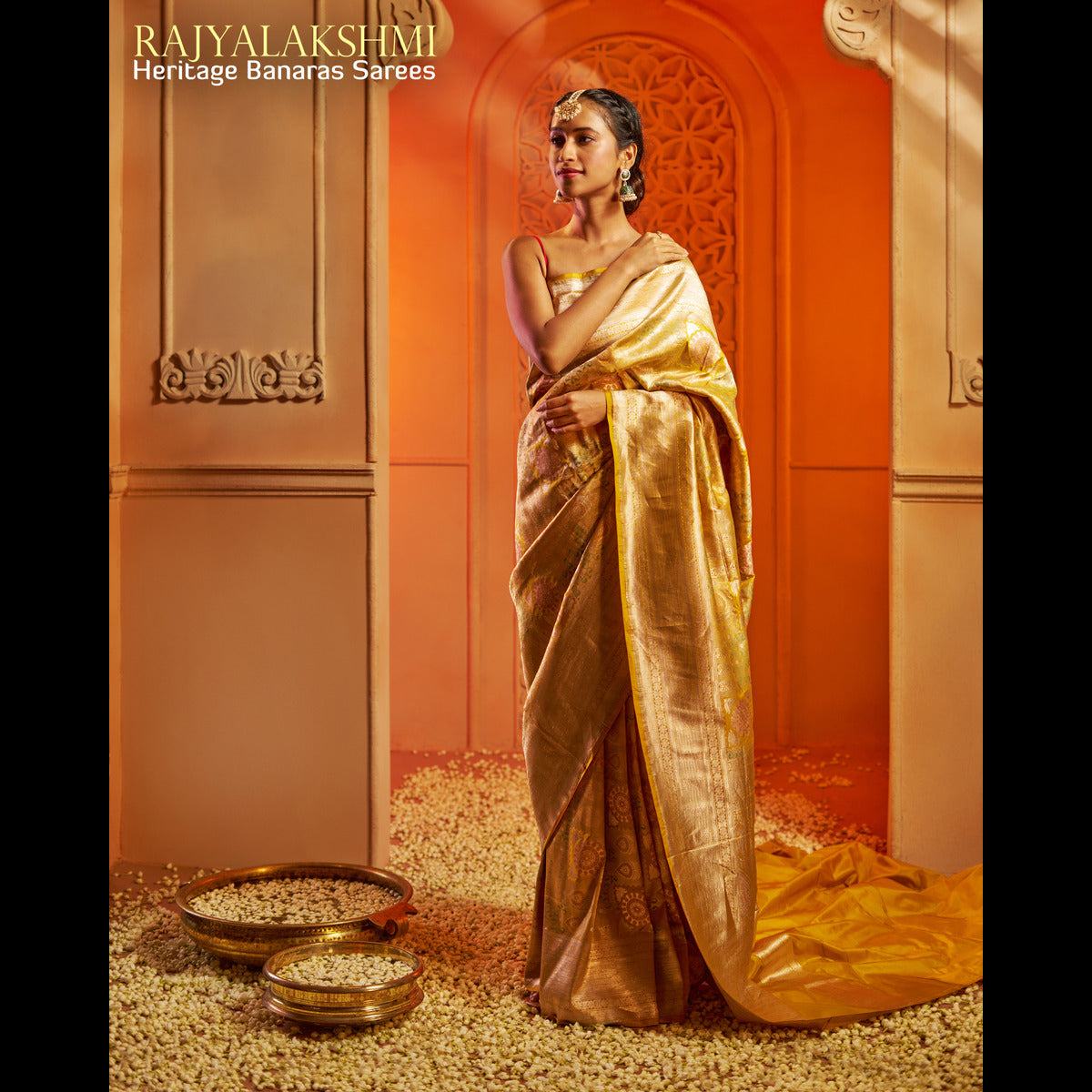
In the world of traditional Indian clothing, few hold as much cultural significance and timeless elegance as the Banarasi saree. Rich Banarasi weaves feature vivid colours and elaborate tapestry-like motifs, rich in regality and steeped in history. This beautiful work has been adapted for the modern world by exploring different fabrics while retaining the reality of the traditional designs.
The Fabrics Behind the Pleats
Katan Silk
Katan is one of the softest, lightest, and finest grades of silk, which shares many traits with mulberry silk. When discussing Banarasi, Banarasi Katan silk sarees are the most sought-after and essential for a bride’s closet.
Kora Organza
One type of Banarasi silk, commonly called organza, is kora silk. It is a sheer, thin silk fabric with a simple weave. The translucent, nearly transparent quality of the fabric contributes to its weightlessness. Moreover, the silk threads provide a stunning sheen that adds just the right amount of glitz to any ensemble.
Khaddi Georgette/Chiffon
Khaddi Banarasi Georgette is a sheer, light crêpe fabric woven from tightly twisted silk yarns. Its weft and wrap silk strands alternate, giving it a distinctively crinkly surface
. 
Tussar Silk
Sometimes referred to as kosa silk (a Sanskrit term) or Ghicha silk (tussar silk in its undyed state), Tussar silk is notable for having a deep gold colour and a rich feel. Since Banarasi Tussar silk is one of the coolest and most breathable fabrics, it is a must-have for every Indian woman.
Chanderi Silk
The Chanderi saris, commonly known as Sico (Silk by Cotton), are made using the finest quality silks in the warp and the best quality cotton in the weft. It results in a smooth, durable fabric with a rich, graceful drape. Records indicate that throughout the twelfth and thirteenth centuries, artists and craftsmen wove chanderi textiles for the royal family. Since their main element is pure cotton, chanderis are said to be the ideal choice for the summer months.
Monga Silk
Renowned for its extraordinary durability, Monga silk has a sparkling, glossy texture and a natural yellowish-golden tone. Previously, royals were the only ones allowed to wear it. One of the most exquisite and traditional silk materials, it is made from Muga Silk strands — taken from the little, delicate Muga silkworms commonly found in northeastern India.

Tissue Fabric
The lustre and excellent finish of tissue fabrics are widely recognized. It is created by weaving coloured silk yarn into the warp and using metallic thread (zari) in the weft. Beloved by bridesmaids, this combination creates a translucent fabric with a sophisticated appearance.
Raw Silk
Raw silk is silk that contains sericin. Since it is made of unprocessed silk threads coiled from the cocoon, it is simple to convert it into an assortment of fabrics and clothing. For many years, the apparel industry has used raw silk. India is the second-largest producer of this dynamic fibre.
Banarasi sarees have also gained popularity globally. Everyone appears drawn to this vibrant Indian attire, from global celebrities to thinkers in politics and design. In addition to its cultural significance, the exquisite Banarasis are linked to numerous social and economic symbolisms. Banarasi brocades are highly prized and believed to be descended from royalty; they have been the subject of trade across eras and countries.
